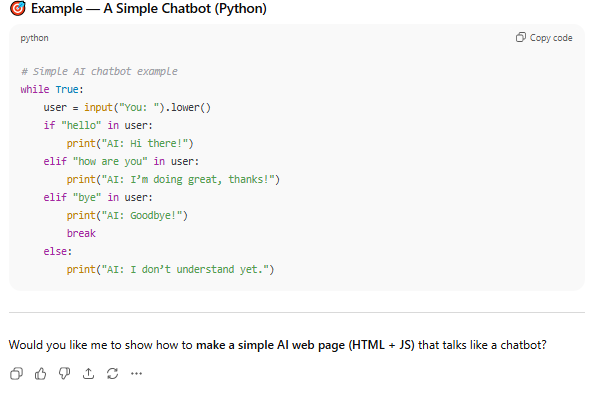Reinforcement Learning (RL) is a unique branch of machine learning focused on teaching an agent to make a sequence of decisions by interacting with its environment. Unlike traditional learning methods that rely on fixed datasets, RL agents learn through trial and error by taking actions, observing the results, and receiving feedback in the form of rewards or penalties. The goal is for the agent to develop a strategy that maximizes the total accumulated reward over time.
This approach mimics how humans and animals learn from consequences. For example, a dog learns tricks by being rewarded with treats for correct behavior. Similarly, RL agents learn optimal policies to solve complex tasks where decisions made at one step influence future states and rewards. This makes RL particularly effective for dynamic, sequential decision-making scenarios.
Common use cases of RL include self-driving cars learning safe driving behaviors, AI players mastering complex games like AlphaGo, and robots learning to perform tasks like assembly or navigation. Popular RL algorithms include Q-learning, SARSA, and Deep Q-Networks (DQN), which combine neural networks with classic RL ideas to handle complex environments.
A critical aspect of RL is balancing exploration (trying new actions to discover their effects) with exploitation (choosing known good actions). This balance ensures the agent doesn’t miss out on potentially better strategies while using what it already knows.
In summary, reinforcement learning empowers machines to learn optimal behaviors autonomously through interaction and feedback, making it uniquely suited for tasks involving complex sequences of choices where labeled training data is unavailable


